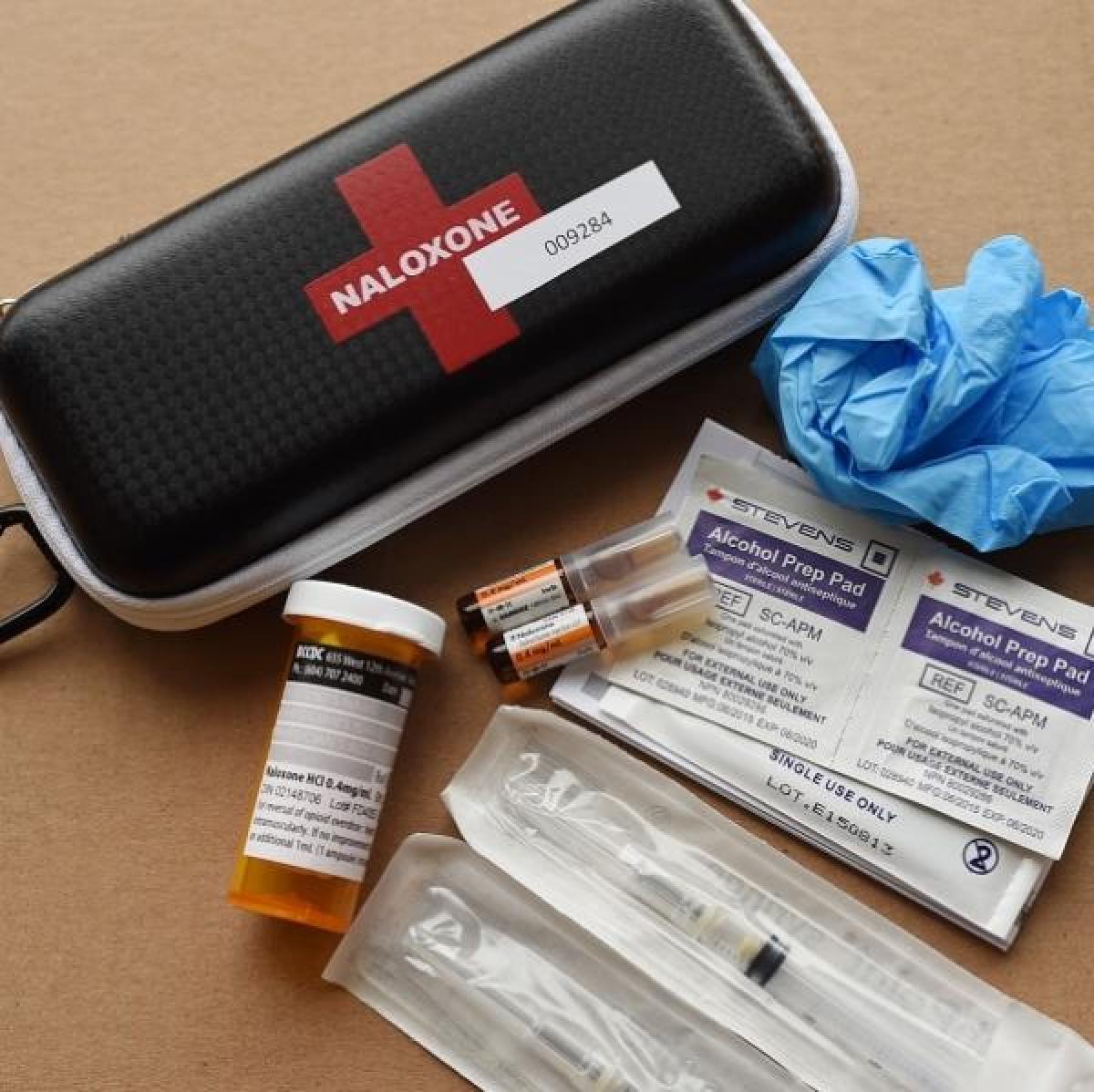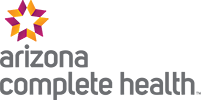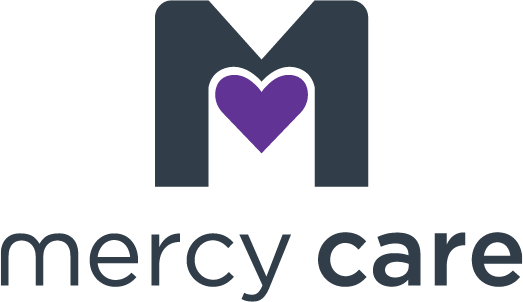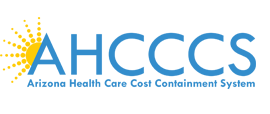
Used with permission. © Partnership for Drug-Free Kids. Learn more at www.drugfree.org.
Here’s what the experts say:
Making Naloxone widely available is one of the U.S. Department of Health and Human Services’ three priority areas for responding to the opioid crisis. According to a recent Addiction Science & Clinical Practice article, no studies conducted to date have found increased opioid use due to the availability of Naloxone. The authors suggest that this may be in part because the administration of Naloxone induces painful withdrawal symptoms. Also, opioid overdose education programs conducted with Naloxone distribution may reduce riskier behaviors associated with opioid use.
Naloxone is not a solution to opioid addiction, nor is it treatment for it. But having naloxone in your house is a safety matter. If your child had a life-threatening allergy, you would have an EpiPen on hand. If your child had diabetes, you would always have insulin or glucagon at the ready. Similarly, if your child is addicted to heroin or other opioids, it’s important to have Naloxone available. We hope you never have to use it, but wouldn’t want you to be without it.













